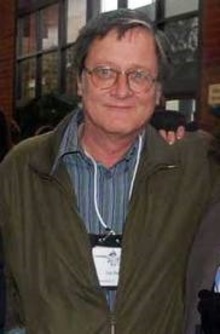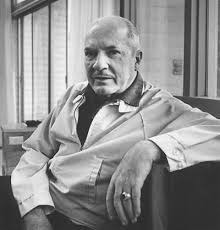Revising and Editing Part I: The Big Picture

A very long time ago, I was taught how to write a piece of prose. Our teacher told us to write on every other line (yes, that’s how long ago it was) in order to leave ourselves room to make corrections and changes. I couldn’t think what she was going on about. Why would I want to change or correct anything? Why wouldn’t I just write it correctly in the first place? Wouldn’t that be a big savings in time and energy?
Aside: I’m a big saver of time and energy, otherwise known as a professional lazy person, or “prolazy,” as in “She’s extremely prolazy.”
Back in class, I ended up by making fake corrections to keep my teacher happy. There was no way she was going to believe that I could have gotten it right the first time. Of course, I was right, but the problem is, so was my teacher. We just didn’t realize that we weren’t on the same… well… page.
Back then, I didn’t realize that I was already changing and correcting. I was just doing it in my head before I put it down on paper. Just about anybody can do that for a paragraph or so. But no one can do it for anything much longer than that – nor for something a lot shorter, if you think about Twitter.
So, nowadays I agree with Tim Powers, who, on a panel at a World Con, once said that all professional writers revise, only amateurs think they got it right the first time.
Back in the day (around the time I was faking corrections for my teacher – or maybe a little before) Robert Heinlein gave us his five steps for getting published. Number three said “You must refrain from rewriting except to editorial order.”

Other people have talked in some detail about what exactly is wrong about that piece of advice, so I’ll just quickly say that the advice is, at best, outdated. Nowadays, especially for your first publication, you need to have done quite a bit of revising and editing yourself before you submit it to anyone.
But I’m reminded of Harlan Ellison’s version of Heinlein’s steps, where he basically agreed with them all except number three. Ellison advises you never to revise to editorial order.
I’d have to say that my own experience has taught me that Powers is right. Professionals revise and edit. What I’ve found is that – like every other aspect of “how to write” – everyone I talk to has their own way to go about it.
Many people get their first drafts down as thoroughly but as quickly as they can, and send it in to their editor for discussion. Please note: these people have an editor to send their draft to; if you don’t then you probably have beta readers who can perform a similar function. What function is that? Seeing whether the idea works, whether everything makes sense and holds together, whether there’s a novel here yet. It’s at this stage that plot holes should make themselves apparent.

Some people do at least one other complete draft before sending it to editor or beta readers, because they can already see for themselves that some tweaking needs to be done. I’m in this group myself.
Some people like to get the manuscript as close to the final version as they can before showing it to anyone else, with the idea that if they do that, there’ll be fewer and smaller final revisions. That would certainly fit with Lawrence Block’s advice that you do all your writing as if you weren’t going to get a chance to revise it. Otherwise, he suggests, you can develop some pretty lazy habits. And if there’s one thing writers don’t need, in my opinion, it’s more ways to be lazy (unless, you know, they’re prolazy).
When talking about revising or editing the whole draft, however, we’re talking about what I call “big picture” revisions. The kind that you can only really do once you’ve got the whole draft. That’s why writing instructors and authors offering advice will often tell you to finish what you’re writing without going back to polish and rewrite as you go. What so often happens, you see, is that someone will rewrite the first 30 pages, or 3 chapters, or whatever, over and over, but will not actually finish writing the book.
And as I often advise people: You can’t sell what you haven’t finished.
Wait a minute, I hear you say, what about the smaller picture? The nitty gritty? Well, that’s a subject for another day.
Violette Malan is the author of the Dhulyn and Parno series of sword and sorcery adventures, as well as the Mirror Lands series of primary world fantasies. As VM Escalada, she writes the soon-to-be released Halls of Law series. Visit her website:www.violettemalan.com.
This was very informative and useful, thanks, the kind of advice I need. I tend to get an idea, do it over X times in head, then write it long hand in one or two sittings (short story mind) then take forever to type and edit.
Heinlein wise – a friend warned me once, there is Edited Heinlein and Unedited Heonlein. Choose the former he recommended.
PS because and only because I get nailed about my shite proof reading of my own nail etc – can you check this:
Otherwise, he suggests, you get can develop some pretty lazy habits.
And that last comment was my own stuff up, what happens if you use a mobile. I thought it said: Otherwise you can get…..
Tiberius: Thanks, for finding that, I’ve fixed it now. I’d have to agree with your friend on the edited vs unedited Heinlein. I read both versions of Stranger in a Strange Land and I didn’t see that the longer version did anything more than dilute some nice tight prose.
[…] Revising and Editing Part I: The Big Picture […]
[…] as you’re writing it; I agree with what Lawrence Block said, which I’ve mentioned last time, that you should write each draft as though it could be the only one – if for no other reason […]
[…] Revising and Editing Part I: The Big Picture […]